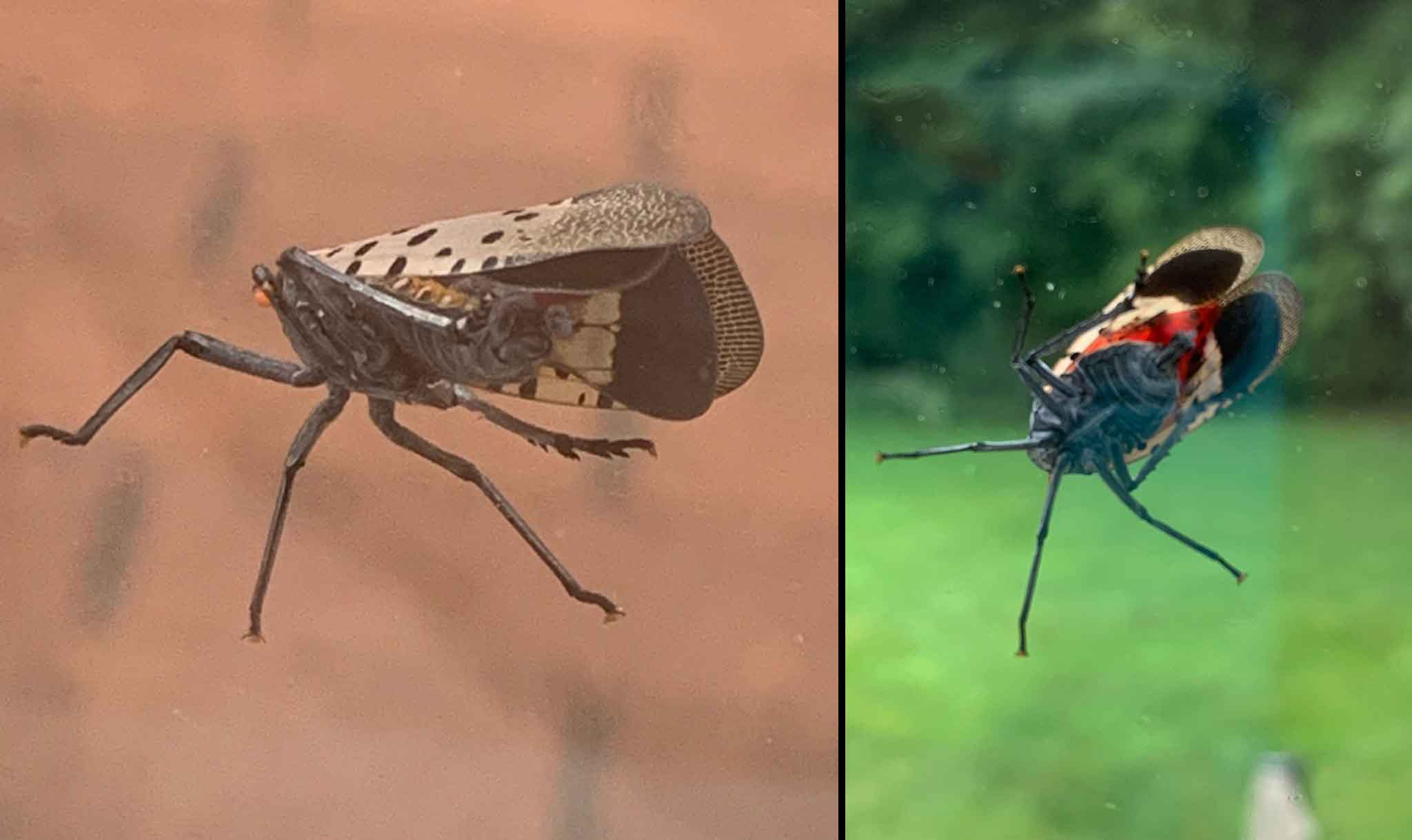You may have heard the phrase: “They could never hurt a fly!” That means someone is so nice that they wouldn’t even squash a pesky fly. Experts hope those types of people can set aside their kindness for one type of bug though — the spotted lanternfly.
This is taking over the eastern United States. Officials say the spotted lanternfly is harmful to the environment. The insects suck on the sap of plants, causing widespread damage. The bugs are hurting many kinds of trees, including maple, oak, sycamore, and willow. After eating, spotted lanternflies leave behind a sweet fluid. That substance causes black mold.
“I’m seeing more spotted lanternflies in Mine Hill, New Jersey,” Jensen Freeman wrote online. One even flew into his car one day! Then, Freeman saw one clinging to his house on Wednesday. “It was just sitting there,” he told News-O-Matic.
Adult spotted lanternflies are about 1 inch (2.5 cm) long. They have light gray wings with black polka dots. The insect has bright red . Spotted lanternflies are active from July to December. They start laying eggs in September. Officials warn that if you spot this bug, you should step on it!
There are other ways to stop the spread of these bugs too. They include:
• Check your car. The bugs often move to new areas by catching a ride. They may even hop on your clothes.
• Destroy host trees. Spotted lanternflies love a plant called the tree of heaven. Like the spotted lanternfly, this tree is also native to China. It is invasive in Europe and North America. Experts say we should chop these trees down.
• Report sightings of the bug. Tell your local department when you see lanternflies. Ask an adult for help.
Christopher McArdle works for the New York Restoration Project (NYRP). That group cares for the parks throughout New York City. McArdle shared some advice about spotted lanternflies. “It’s most common to see spotted lanternflies with their wings closed,” he told News-O-Matic. “They are very eye-catching with their wings spread,” he added, “but try to keep a lookout for both forms.”
“If you see one, smush it,” McArdle went on. “This is a bug you want to squish!”
Updated September 2, 2021, 5:02 P.M. (ET)
By Alexa Tirapelli






